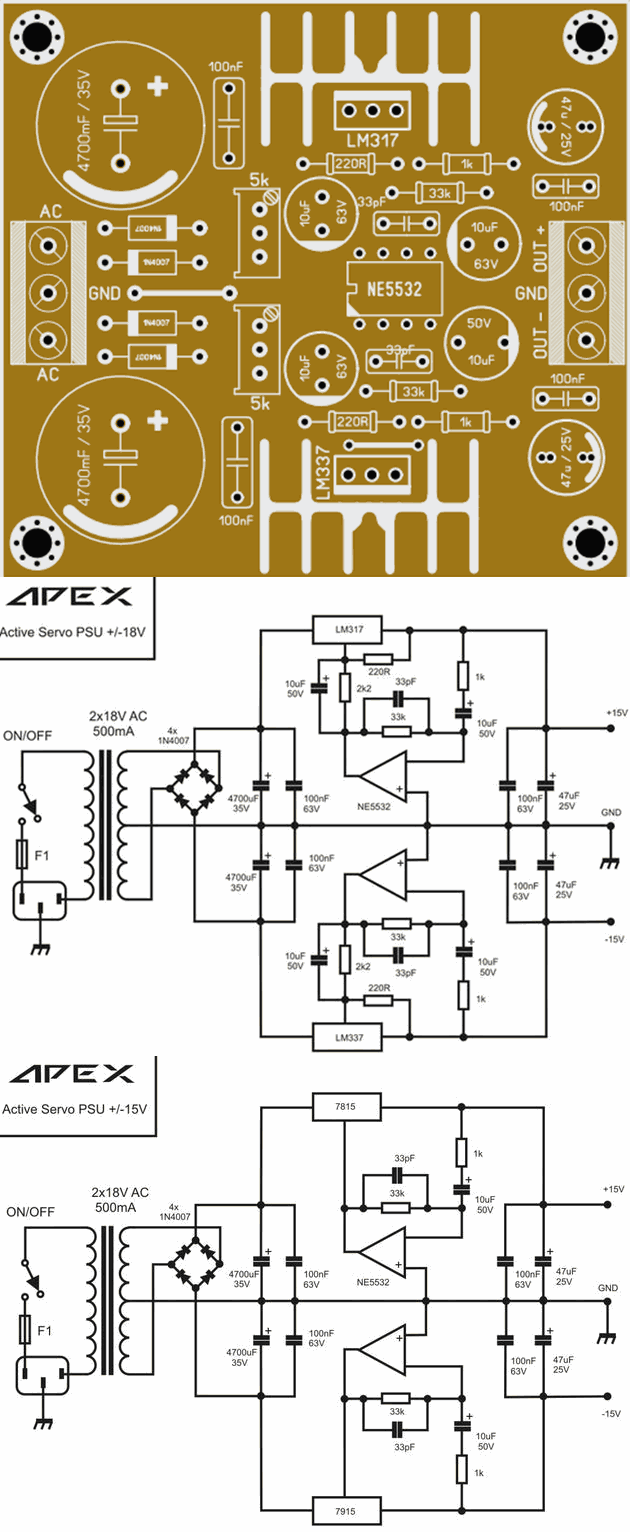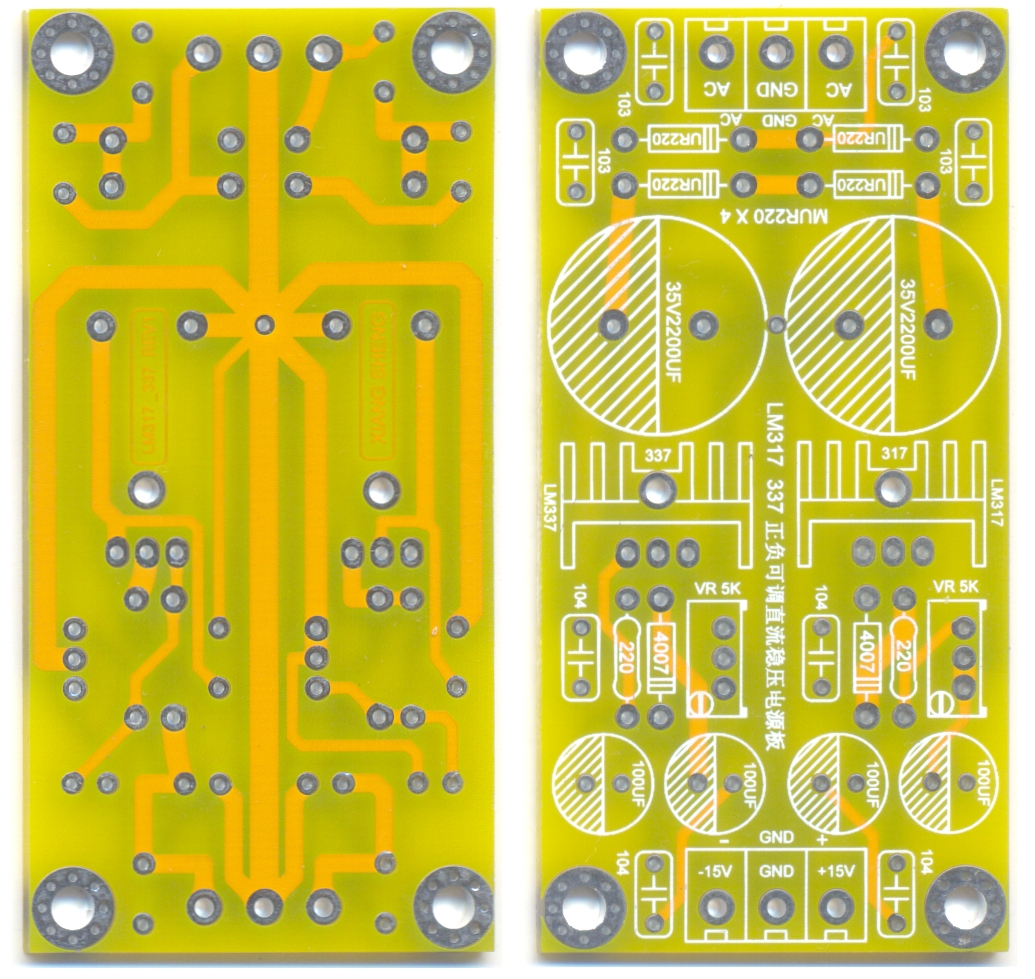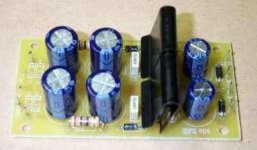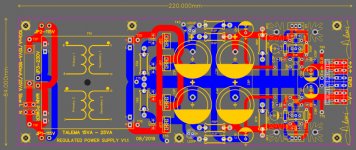Need help to choose psu board for headphone amplifier. I will list some that I have found on ebay and if anyone have any recommendation please link it.
https://i.ebayimg.com/images/g/J6sAAOSwC6hayIfg/s-l1600.jpg
https://i.ebayimg.com/images/g/LAwAAOSw-X9dJOQr/s-l500.jpg
https://i.ebayimg.com/images/g/LoUAAOSwvF9dlOrF/s-l500.jpg
In general which board have good design, i will only order pcb and will buy components from reputable seller.
https://i.ebayimg.com/images/g/J6sAAOSwC6hayIfg/s-l1600.jpg
https://i.ebayimg.com/images/g/LAwAAOSw-X9dJOQr/s-l500.jpg
https://i.ebayimg.com/images/g/LoUAAOSwvF9dlOrF/s-l500.jpg
In general which board have good design, i will only order pcb and will buy components from reputable seller.
First one is apex design so i think i cannot go wrong with it.

Other version

https://i.ebayimg.com/00/s/NTg3WDgwMA==/z/dUUAAOSwc7tdjqdJ/$_10.JPG?set_id=880000500F

Other version
https://i.ebayimg.com/00/s/NTg3WDgwMA==/z/dUUAAOSwc7tdjqdJ/$_10.JPG?set_id=880000500F
Last edited:
#1: Aside from a pointless top fill that's not connected to anything, this seems solid enough. (Haven't seen the bottom though.)https://i.ebayimg.com/images/g/J6sAAOSwC6hayIfg/s-l1600.jpg
https://i.ebayimg.com/images/g/LAwAAOSw-X9dJOQr/s-l500.jpg
https://i.ebayimg.com/images/g/LoUAAOSwvF9dlOrF/s-l500.jpg
In general which board have good design, i will only order pcb and will buy components from reputable seller.
#2: Looks like mindless use of flood fill. Should still work alright, but...
#3: Not very good use of copper (most of it is etched away) but seems solid otherwise. Note sure about the use of what seems to be a multiturn pot, most of these tend not to be designed to carry substantial current. Mind you, you can always put in a fixed resistor of the appropriate value for your desired output voltage instead, so no biggie.And this is third one.
This is the dodgiest one of the bunch, I'd say. Would you trust a PCB designer who includes an immediately obvious ground loop?
In other news, all generalizations are wrong.I don't see any advantage in the pop-amps versions. Simple solutions are always better.
What you want is enough complexity to get the job done, but no more. More complexity means better performance if done right, but also more things to go wrong. Blatant overengineering where it is not required just makes things less reliable.
Now in this case, most headphone amps (like a JLH or some opamp-based job) tend to have a more than decent amount of PSRR. A tricked-out LM317/337 combo like #3 easily provides noise low enough for something like this. (About 30 µV for the LM317 if memory serves. Realistically speaking, this means that you need maybe 40 dB of inherent PSRR, which is not a major achievement.) If you get 50 dB out of the amp and 70 dB out of the reg, 1Vpp of ripple turns into 1 µVpp, and you'd think that with enough space for up to 3300-4700 µF / 25 V filter caps, you'd think that primary-side ripple should be kept at bay decently to begin with. (The 50 dB figure would be for something like a JLH, more modern concepts may reach 80-100 dB around 100 Hz.)
One of the more advanced concepts would be something to consider for an MC phono preamp or similar.
I have used Rod Elliotts board with good success. Only criticism is that it is very compact and not easy to mount larger heatsinks in case you need higher currents through the regs. I also have used an adaptation of the Whammy PSU designed by Wayne Colburn in a single PCB version by fellow DIYA member Nisbeth. I have a spares boards also available of that i would be happy to post, should you decide against the generous offer by Hicoco. I suspect either option is going to be better than random ebay or alibaba finds, but you will need to source parts (which may be an additional advantage from a performance perspective).
One could consider using real good recent regs instead of noisy old workhorses LM317/337. Meanwhile in the 30+ years the LM317 has done its service there have arrived better regulators that also generate less heat as they are low drop regs.
This is if one likes quality and the best possible result of course.
This is if one likes quality and the best possible result of course.
Last edited:
Need this board to test few opamp based headphone amps so i dont need perfect ultra low noise solution. Hicoco board for this use is big overkill, too big and i have trabsformer that is not pcb mounted.
No need for complexity/overkill/too large size and the final HPA will also need a very good PSU isn't it? A member here sold PCB's that were the size of a matchbox with very good ultra low noise regs for use with separate transformers.
Let's say that if you can build a better PSU for more or less the same money why waste time on dinosaur regulators? Just because one knows LM317/337 and nothing else?!
How much current does the PSU need to deliver?
Let's say that if you can build a better PSU for more or less the same money why waste time on dinosaur regulators? Just because one knows LM317/337 and nothing else?!
How much current does the PSU need to deliver?
Last edited:
Dont understand last post, sorry. Ok i now see you edited post, psu needs to deliver maybe 200ma, i dont really know how much 4556ad or opa2134 uses.
Last edited:
- Home
- Amplifiers
- Power Supplies
- Help me choose LM317/LM337 pcb board for psu.





